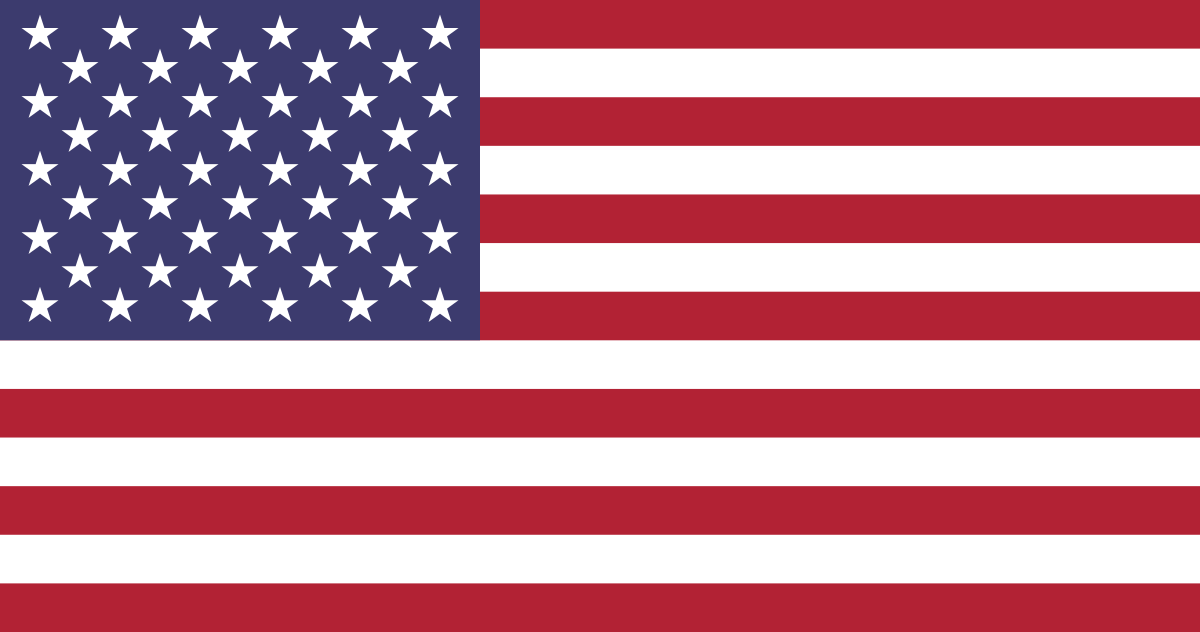
Hattie Wade
It isn't any exaggeration to say that the incandescent gentle bulb modified human civilization. With the appearance of gentle bulbs, people could immediately work and recreate deep into the night time with out relying on open flame (and its attendant heat, smoke and inherent danger) to illuminate a room. Whereas the affect of the electric gentle bulb is with out dispute, the origins of the invention are usually extra open for debate. Conventional knowledge credit American Thomas Alva Edison, who obtained the earliest patents for incandescent gentle bulbs, the primary in 1879 and the second in 1880. They posit that Edison was the one who invented the sunshine bulb, however it was simply one in an extended string of related inventions. Others say that whereas Edison's electric light bulbs did stand out from their forebears, even more credit should go to British inventor Sir Joseph Wilson Swan, who labored on incandescent lamps at the identical time and EcoLight dimmable later partnered with Edison.
And yet another set of historians argue that this revisionist historical past is an overcorrection, and Edison is the rightful inventor of the light bulb. So what's the reply? To evaluate just how much credit Edison deserves for the incandescent light bulb design, we should look at the work of inventors who came before him. On the turn of the nineteenth century, Italian inventor Alessandro Volta pioneered ideas in controlling an electrical current, culminating in his "voltaic pile," which successfully functioned as a battery. Volta's title might sound familiar because the electrical measurement "volt" bears his title. The arc lamp did in truth produce visible mild contained in a bulb, and because it debuted in 1806, Davy's invention beat Edison's by over seven many years. But Davy's arc lamp emitted an especially vibrant light, was exhausting to control, required quite a lot of electric current and did not final long sufficient for sensible house utilization.
Whereas it discovered some utility as an out of doors streetlight, the electric arc lamp could not function as a lighting fixture in the house. Chemists after Davy got here to understand that the key to a sustainable incandescent lamp was selecting a filament that, when uncovered to an electrical current, may regularly glow without burning out. These gentle bulbs got here well before Edison's, however they nonetheless lacked practicality. Lindsay's copper burned out too rapidly, while de la Rue's platinum was too costly, though platinum's high melting point provided a important breakthrough. These designs also suffered from poor vacuum tube know-how, which meant that gasoline may find yourself trapped in the glass bulbs. This undesirable gas may interfere with the filament and make producing gentle more difficult. Working in an organization he referred to as the Edison Electric Light Company, Edison developed a high-resistance cotton filament, which burned for over 14 hours in a take a look at.
It also consumed far much less electricity than competing designs. Additionally, Edison benefited from the Sprengel air pump, invented in 1877, which tremendously improved vacuum pump know-how and allowed manufacturers to suck outside gasses out of a glass bulb. This, combined with the high electrical resistance of cotton, allowed filaments to burn far longer. Edison filed for his first patent in 1879, and the U.S. Patent Workplace granted it in January 1880. Edison would go on to found the Edison Illuminating Company. Moderately, Edison Illuminating Company created the first electrical producing stations in America, which operated under the name Edison Electric Illuminating Firm. Consolidated Gasoline later purchased the company, now referred to as Consolidated Edison, or ConEd. Robert Friedel, professor emeritus of historical past at the College of Maryland-Faculty Park, submits it was Edison's emphasis on practicality and real-world usage that gained him his standing within the history of the light bulb. Edison was one of a number of 1870s inventors working furiously to crack the code of sustainable incandescent lighting.
American-British inventor Hiram Maxim tried to patent a mild bulb at practically the identical time as Edison, however Maxim's patent was not granted by the U.S. Harold H. Schobert, professor emeritus at Penn State College and writer of "Vitality and Society: An Introduction," recalls: "I used to inform my class that Maxim was so infuriated by this that he went residence and invented the machine gun." Schobert emphasizes this was a joke, but indeed Maxim's machine gun is another invention with huge societal affect. Beyond Edison, the Englishman Joseph Swan stands out as the inventor with the greatest declare to inventing a practical gentle bulb. Swan centered on electric lamps that would emit mild via carbonized paper filaments. Swan acquired a British patent for an incandescent bulb in November 1880. His bulb went into wider sensible use than Edison's. He lit your entire Savoy Theater of London using his invention. His own non-public residence was reportedly the first to be absolutely lit by electric lighting.

 Italian
Italian
 हिन्दी
हिन्दी
 Arabic
Arabic
 Chinese
Chinese
 English
English
 French
French
 German
German
 Portuguese
Portuguese
 Russian
Russian
 Spanish
Spanish
 Turkish
Turkish


